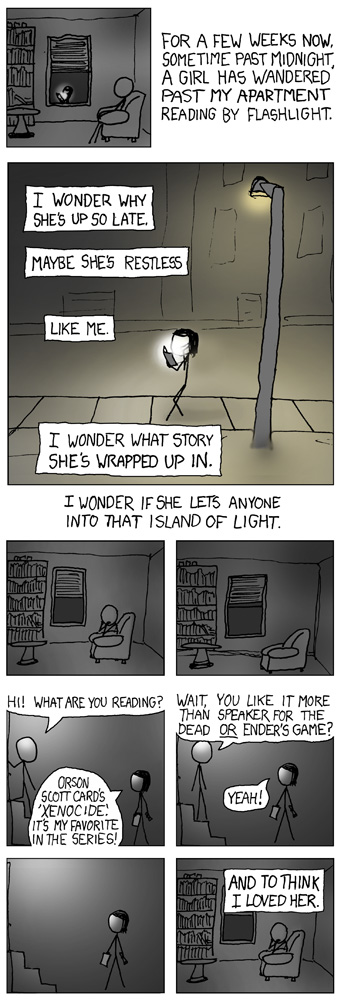[While digging through my family history files for something else, I found a copy of the eulogy I gave at the funeral of Avard “Andy” Anderson, my father-in-law, some sixteen years ago, in August 1992. Since I’ve already posted my own father’s eulogy on line, I wanted to post Andy’s eulogy as well.]
All too often, we measure status in the Church — and standing before the Lord — by positions held, particularly those held lately. We sometimes talk of Church careers and promotions, as if the Kingdom were a business. When we gather together, we find ways subtle and overt to let others know what callings we’ve had, feeling self-assured if we’ve held what are commonly called “high” positions, and feeling self-doubt if someone much younger has held higher positions.
By such standards, Avard Anderson — my father-in-law — was not a “success”. He spent over twenty-five years traveling through the US and Canada, building smokestacks. He never stayed in one place very long, living and working in over 100 different locations during that time. When he finally retired, he settled here in Orem and spent the rest of his life enjoying time with Nora, their children, and the ever-growing stream of grandkids. Throughout the nearly fifty years since Dad and Mom were married, he was never called as a bishop, never appointed to serve on a stake high council, never asked to be a member of a stake presidency.
And yet…and yet I think Dad has laid up for himself a reward in heaven which any of us would be thrilled to have. During all those years, he usually lived far from the population centers of the Church, at a time when total Church membership was barely a tenth of what it is today. He served in a succession of branches and small wards, providing leadership and support to the members there. He was always ready to show Christ-like service to all he’d come in contact with, and when he felt it was appropriate, he’d bear his humble, honest testimony — and more than a few people heard it, were touched, and were baptized. He, Mom and the kids faithfully attended their meetings wherever they lived, even though at times they lived 20 to 30 miles from the meetinghouse, and the meeting schedule back then was far less convenient: Priesthood and Sunday School in the morning, Sacrament in the evening, and Primary, Mutual, and Relief Society during the week. All this was done not to impress others, gain appreciation, or to somehow qualify for higher callings, but because it was the right thing to do — and Dad felt he owed it to the Lord to do the right thing.
I think of Dad as a Johnny Appleseed, planting seeds and nurturing branches, setting an example and quietly serving others, doing his part to help keep things growing until the Church membership grew large enough to sustain its own growth. Many of the branches he served in are now wards; many of the wards, stakes; and there are many, many people throughout the US and Canada, of all religious persuasions, who know, remember and love Avard Anderson. O, that we all could have such a legacy!
A lesser man might have felt pride and self-satisfaction; Dad, in his humility, was concerned about what he saw as his shortcomings and mistakes. He spent the last few months of his life expressing his love and appreciation for those around him and bearing his testimony to his many visitors. At night, lying in bed, he prayed blessings on those he loved and mentally reviewed all he had learned in the temple, wanting to be prepared for what awaited him in the next life.
I have few doubts about who was there to meet Dad when he crossed over: family and friends who have gone on before, descendants yet to come, and — as promised in two separate blessings he received during his last weeks — the Savior Himself. I’m also quite sure that Dad will again be doing there what he did so well here: quietly serving and bearing testimony. As his nephew Mike noted last night, Dad is following the pattern of his life: going ahead to set things up, then sending for Mom and, eventually, the kids. While such a promise as Dad’s — to be met by the Savior — would be tremendous comfort, I will be content if it is Dad who meets me when I pass through to the other side, because I am sure that where I find one, I will find the Other.
— Bruce F. Webster, August 12, 1992, Orem, Utah

